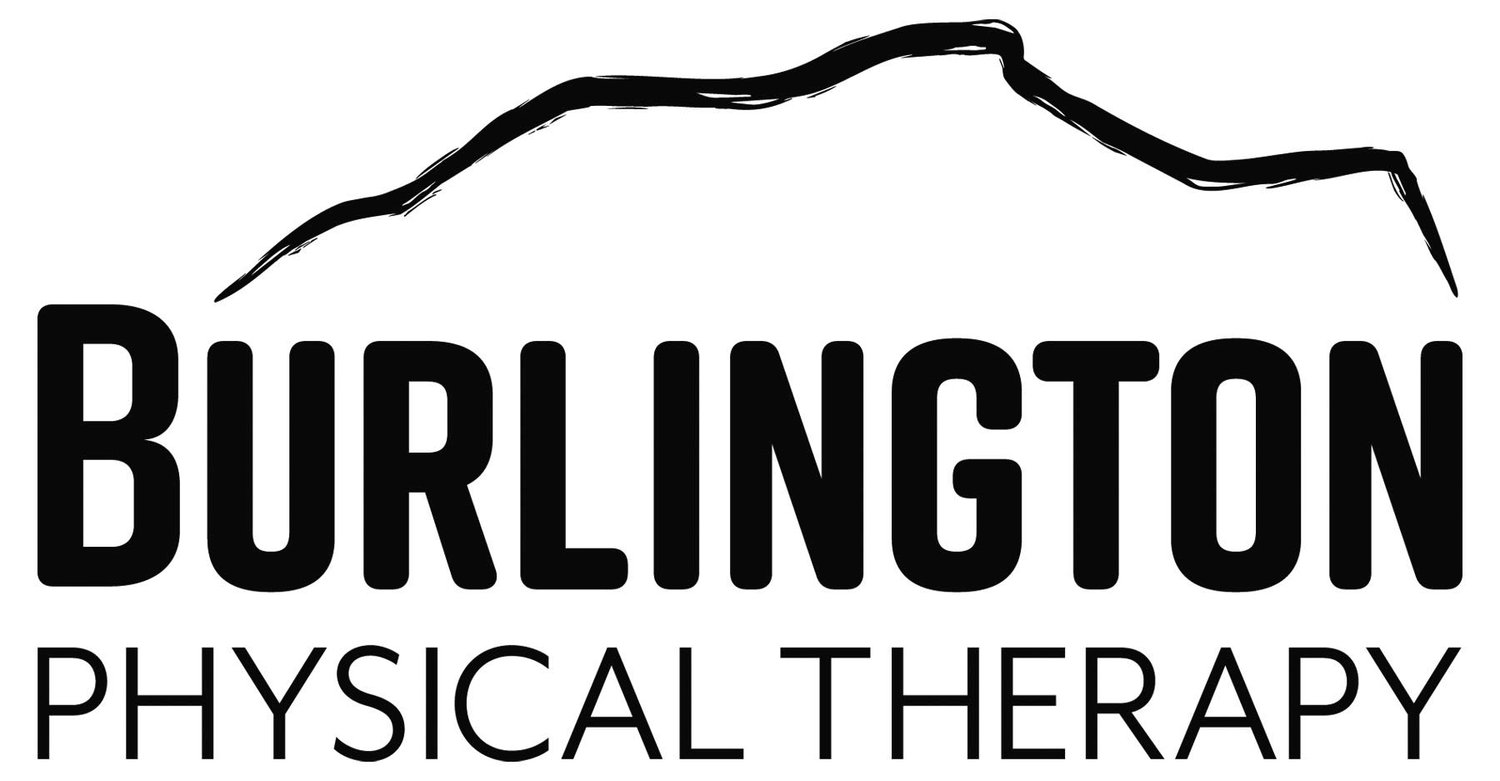Taking Off Your Shoes Didn’t Injure Your Back…
We hear this one a lot: “I threw out my back just bending over to take off my shoes.”
Or maybe it was making the bed. Picking up a sock. Rolling over in bed.
Here’s the truth: that moment wasn’t what caused the injury. Let us explain—through a real client story (and an inspiring comeback)—and introduce a model we use in our evaluations that anyone can learn from, even if you’re not a PT.
The I³ Model:
Incomplete Mechanics → Incidences → Injury
This is the cycle we see time and again, especially in clients who experience recurring pain or flare-ups.
Let’s bring it to life through Joe’s story.
Meet Joe:
Joe is an active 40-year-old, married with two kids. When he first started working with us, he was dealing with recurring episodes of debilitating back pain. These weren’t minor tweaks—his back would spasm so intensely he’d need to lie down on the floor before he could move again.
For someone who loves snowboarding, mountain biking, and surfing, it was frustrating and disruptive. He’d be sidelined for weeks—sometimes months—at a time.
Sound familiar?
Why This Was Happening:
Let’s go back to the I³ model, starting with Incomplete Mechanics.
This means a person has underlying strength or mobility limitations. To compensate, the body moves inefficiently—using the wrong muscles or movement strategies. These compensations lead to incidences (small flare-ups or warning signs), and eventually, to injury.
Joe didn’t have a “bad back.” His back was working overtime to compensate for limitations elsewhere.
Here are some of the findings from his assessment:
Limited hip mobility in all directions
Difficulty activating and isolating his glutes
Hamstring flexibility at ~50% of ideal range
And in Joe’s words: “My body feels stiff and pissed. My lower back is always sore at the beginning of snowboard season.”
Joe’s Journey:
October 2022: Joe began working with us with the goal of resolving his back pain.
January 1, 2023: His back gave out snowboarding. An assessment confirmed a likely disc herniation at L4–5. He’d just come off a stressful period at work, a week of being sick, the holidays… then boom, injury.
By January 30: He was back to baseline—and back on the slopes.
From there, we saw incidences (mini flare-ups):
August 2023: Back tightened up after mountain biking—resolved in four days.
January 2024: Felt a pop while snowboarding. Radiating pain, gone in a week.
March 2024: Major flare-up after 9 days of consecutive riding and returning to a high-stress workload. This one lingered about a month. He still competed in the snowboard Nationals in Colorado and took 2nd in his age group.
What you don’t see in this list are the subtle warning signs—soreness, tightness, stiffness—that came before each flare-up. They were there.
What Made the Difference:
We got Joe into the gym in April 2024 and adjusted what he does at home to a mobility routine. He kept showing up—both for himself and for occasional tune-ups in the clinic every 4–6 weeks.
By September, he was PRing descents on his mountain bike and feeling strong all summer. His hamstring length doubled. He could touch the floor. His hips moved better. Snowboarding got easier.
He hasn't had a major issue since—and this past season, he logged over 100 days on snow (his most ever). Now he’s gearing up for bike season.
Joe’s Take:
“The biggest thing for me was my hesitation with weightlifting. I tried everything else—even though you told me from the beginning I’d need to strength train. Once I finally committed, it’s been nothing but forward momentum. And even when I have setbacks, they’re smaller and shorter every time.”
[POV: Getting your outside, action sport athletes to lift weights is like asking a kid to choose between broccoli and chocolate.]
The Big Picture:
Yes, Joe still had a few flare-ups—but fewer and further between. The key wasn’t perfection. It was persistence.
As his incomplete mechanics improved, the incidences decreased—and with them, the injuries.
The Takeaway:
It wasn’t untying your shoes that “broke your back.” That was just the final straw.
The body often gives us plenty of signs before an injury—soreness, stiffness, tension, fatigue. Those are the incidents. If we don’t address them, they can tip us into injury.
If Joe’s story resonates with you, and you’re ready to break out of the cycle, reach out. We’ll schedule a phone call to see if we’re a good fit.
Let’s stop blaming our backs—and start addressing the root cause.




